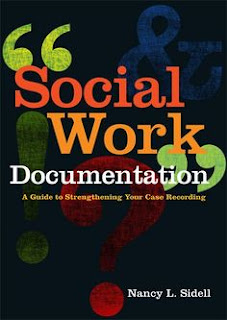Old Age Allowance: Opportunity and Challenges in Dhanusha District Constituency -6 (Part-2)
Nepal is the first country in south Asia which declared social welfare programs in terms of old age allowance. The universal flat pension of Rupees 100 to all elderly above 75 years was first announced in Nepal on 26 December 1994. Five districts from the five development regions of Nepal were selected on a pilot basis and the first disbursement of Old age Allowance Program (OAP) was made on 2ndJuly 1995 for a six- month period from January-June. The implementation of the pilot project in five -districts was carried out by the Ministry of Education and Sports and distributed at the grass-root levels by the Village Development Committees. During the financial year, 1995-96, OAP was extended to the entire country and was implemented by the Home Ministry. During 1995-96, an amount of 280 crores of Rupees were released for the implementation of the program. Since 1996-97, the Ministry of Local Development started administrating the OAP, and the allowances were distributed by the ward offices of municipalities and Village Development Committees (VDC) (Rajan: 2004). Government of Nepal, Ministry of Finance. From the Fiscal Year (FY) 2008-2009 the allowance foe elder was increased to Rs.500 per month.
Nepal’s old age allowance, a universal and non-contributory social pension provides the central pillar for the country’s social protection system. The government has built on this instrument success in tackling poverty, vulnerability and social exclusion to evolve and integrated system to cash transfers protecting many vulnerable groups (Michal Samson).
Nepal’s political transition provides an opportunity to strengthen social protection by introducing new programmed while improving existing ones by expanding coverage and improving service delivery. The 2008-2009 budget places a “reasonable priority” on extending the benefits of economic growth to the senior citizens, as a welfare program.
Most elderly in the region rely on intra-family income support, which is coming under pressure through population aging, urbanization; reduce family linkages and socio-cultural change affecting family care patterns. The assessment of social and economic trends and review of old age allowance provision indicates challenges as well as opportunities. (Holzmann, 2004)
Projection with respect to future trends in the size of elder population is a major concern for governments around the world. Current projection suggest that in the decades ahead there is going to be a dramatic increase in the size of the elder population in the developing country (Rajan,2004).While population aging is one factor contributing to the growing old age destitution problem in rural areas of many developing countries, also important are the factors contributing to the weakening of family-based support networks such as the migration of young adults from rural to urban areas in search of jobs (Kakwani & subbarao;2005) Old age allowance coverage rates tend to be very low in developing country, particularly in the rural areas. (Holzmann, 2004)
Old age allowance involving budgeting support either in full or part, are regarded as an important instrument for fulfill basic needs of the elderly people. (Mukul G. Astier) The old age allowance does not mean basic protection but also it is guarantee for maintaining living standard. It provides income security; it is a way to spend their income (allowance) for fulfills his/her basic needs.




Comments
Post a Comment